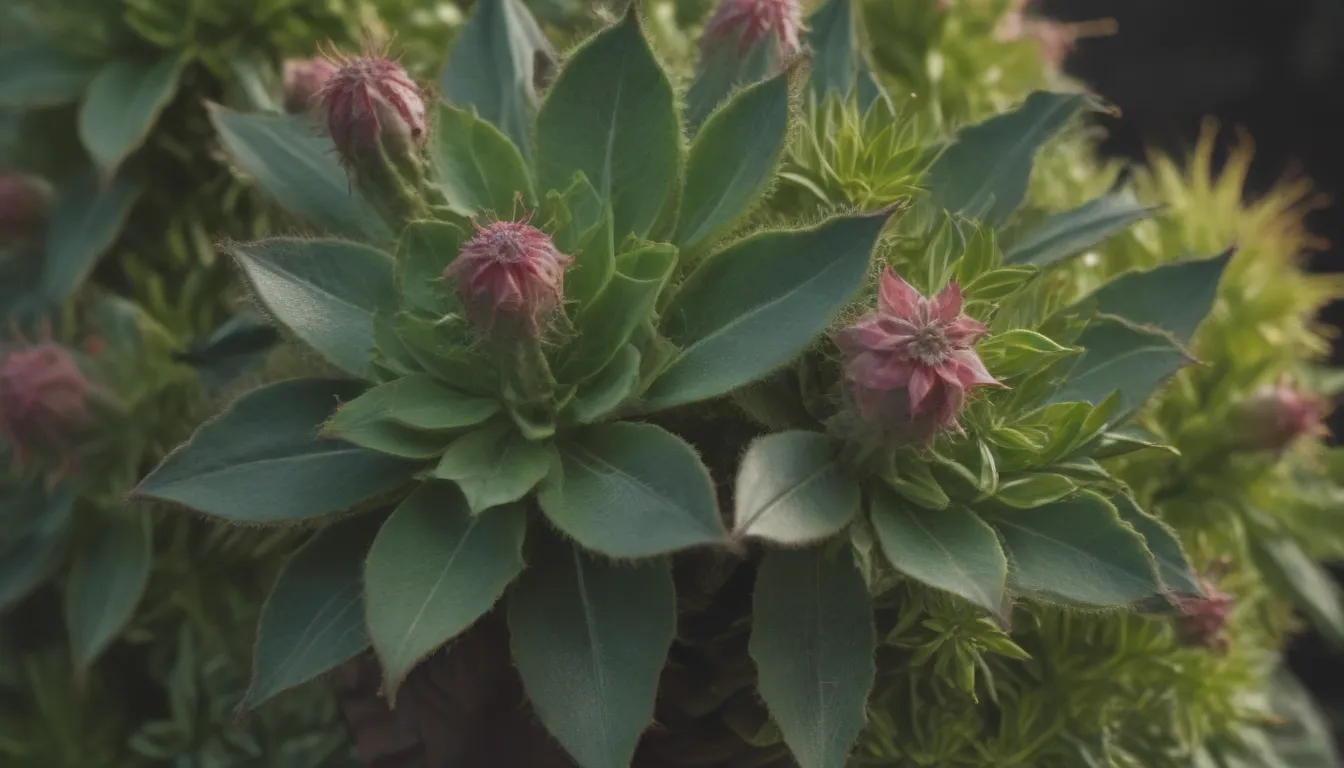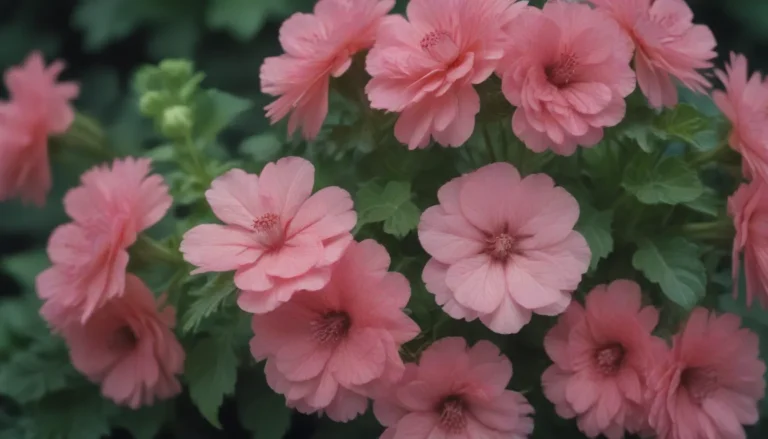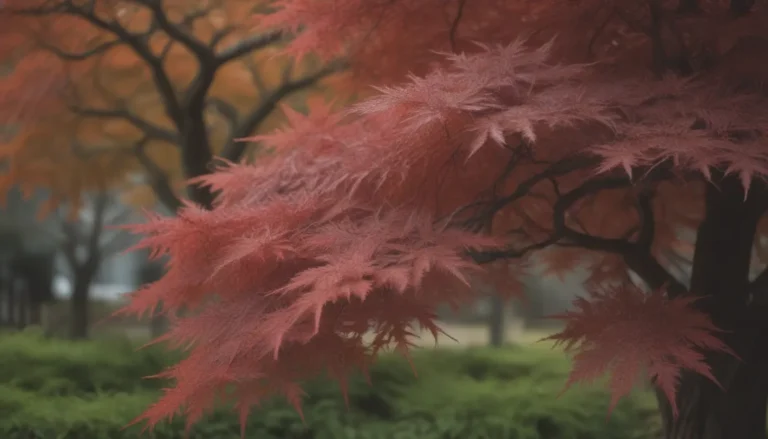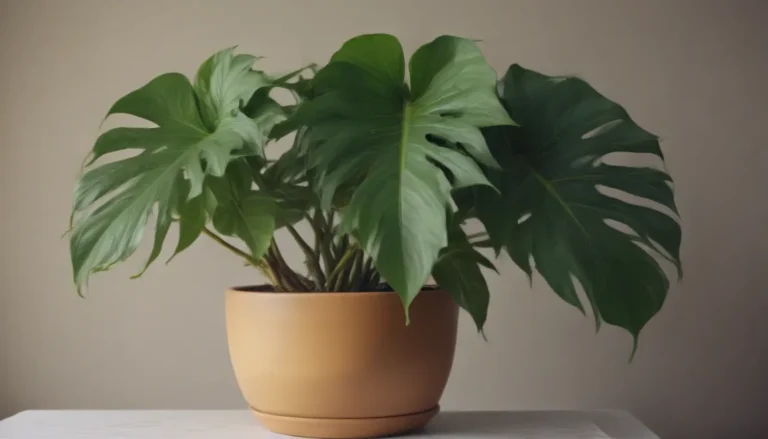A Comprehensive Guide to Growing and Caring for Euphorbia Ingens

If you’re a fan of succulents, you’ve likely come across Euphorbia Ingens, also known as the candelabra cactus or African candelabra tree. These tree-like succulents are not only visually striking with their dark green, four-lobed stems, but they are also known for being low-maintenance plants that can thrive both indoors and outdoors. In their natural habitat, Euphorbia Ingens can grow up to an impressive 40 feet tall, although they typically reach heights of 8 to 10 feet when grown indoors.
What is Euphorbia Ingens?
Euphorbia Ingens, like many other plants in the Euphorbia genus, are versatile plants that have found their way into rock gardens and indoor houseplant collections. They are known for flowering during the fall and winter months, although indoor plants may not bloom as frequently. However, it’s important to note that the milky latex sap of Euphorbia Ingens is toxic to both humans and pets, so caution should be exercised when handling these plants.
Euphorbia Ingens Care Tips
Taking care of Euphorbia Ingens is relatively straightforward, as these succulents are considered low-maintenance plants. Here are some essential care tips to ensure your Euphorbia Ingens thrives:
Light
These succulents require plenty of sunlight to flourish. Opt for a location that receives bright, direct light for several hours a day, although they can tolerate medium light as well. Ensure that they are not kept in low light conditions, as this can negatively impact their growth.
Soil
Euphorbia Ingens prefer a well-draining soil mix that is sandy in nature. They are not overly picky about soil pH and can thrive in poor-quality soils. Consider using a potting mix designed for cacti and succulents, or create your own mix using a 1:1 ratio of potting soil, perlite, and sand.
Water
These succulents are adapted to dry, arid conditions and can withstand periods of drought. Overwatering is a common issue with Euphorbia Ingens, so be sure to let the soil dry out between waterings before giving them a thorough watering. Adequate drainage is crucial to prevent overwatering.
Temperature and Humidity
Originating from Southern Africa, Euphorbia Ingens thrive in warm, dry conditions. They do well indoors, where temperatures are above 74 degrees Fahrenheit, although they can tolerate brief periods of cooler temperatures. For those living outside USDA zones 10 through 11, consider growing Euphorbia Ingens indoors during the colder months.
Fertilizer
These succulents do not require heavy feeding, as they are used to growing in nutrient-poor soils. Avoid over-fertilizing, as this can lead to fertilizer burn. If desired, a low-strength fertilizer designed for cacti and succulents can be used during the spring and summer months to promote healthy growth.
Pruning Euphorbia Ingens
Pruning Euphorbia Ingens can encourage branching and create a fuller appearance. When pruning, be sure to wear protective gear, as the sap of these plants is toxic. Prune during warmer temperatures so the plant can heal effectively.
Propagating Euphorbia Ingens
While Euphorbia Ingens can be grown from seed, it can be a challenging process. Stem cuttings are a more reliable method of propagation and can help maintain the plant’s appearance. Take precautions when handling the plant’s sap, as it can cause skin irritation. Follow these steps to propagate Euphorbia Ingens:
- Take a stem cutting from the plant.
- Allow the cutting to callus over for a few days.
- Plant the cutting in a well-draining soil mix.
- Keep the soil lightly moist until roots develop.
Potting and Repotting Euphorbia Ingens
Repotting Euphorbia Ingens every couple of years is essential for maintaining their health. Signs that it’s time to repot include roots growing from drainage holes or circling the top of the pot. Use fresh potting soil and a slightly larger pot to accommodate the plant’s growth.
Common Pests and Plant Diseases
Keep an eye out for common pests like mealybugs, spider mites, and aphids when growing Euphorbia Ingens. Root rot can also be a problem if the plant is overwatered or exposed to moist conditions for extended periods. Proper sunlight and well-draining soil are key to preventing root rot in these succulents.
Common Problems with Euphorbia Ingens
While Euphorbia Ingens are generally low-maintenance plants, some common issues may arise, usually related to watering practices. Here are a couple of problems to watch out for:
Yellowing Stems
Yellow stems are a sign of underwatering. Adjust your watering schedule to ensure the plant receives adequate moisture, especially during the growing season.
Mushy Stems
Mushy stems indicate root rot, a serious issue that requires immediate attention. Cut the affected stem above the rot and propagate it in fresh soil to save the plant.
In conclusion, Euphorbia Ingens are beautiful and resilient succulents that can thrive both indoors and outdoors with minimal care. By providing them with adequate sunlight, well-draining soil, and a cautious approach to watering, you can enjoy these unique plants in your home or garden for years to come. Remember to handle them with care due to their toxic sap, and enjoy watching them grow and flourish in your space.





